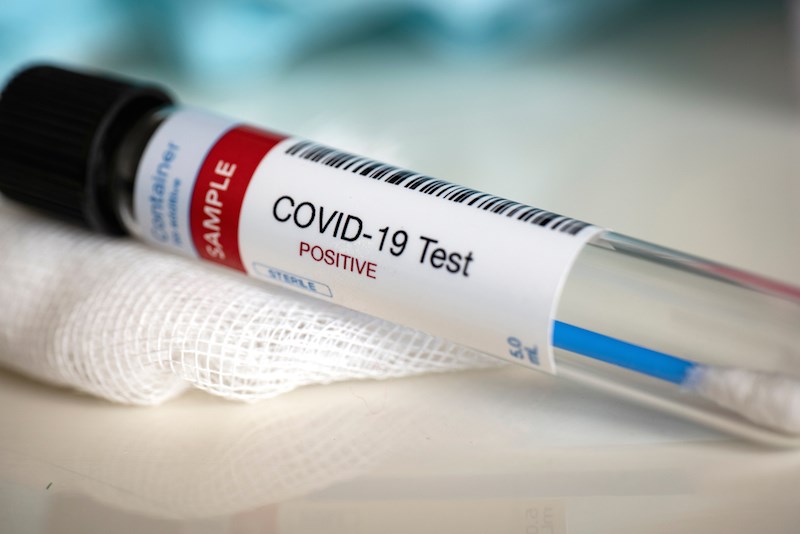The wave of additional confirmed COVID-19 cases that began March 22 in York Region continues unabated, with 49 more cases bringing the total to 325 today, April 1.
Vaughan remains the hot spot of COVID-19 cases in the region, with an additional 35 cases today alone boosting it to 157 cases — nearly half of the region's cases. Two of the region's six coronavirus-related deaths have occurred in Vaughan, and four in Markham, the two municipalities where clusters of confirmed cases have been identified.
Two more frontline health-care workers are among the cases, now totalling 26.
Other new confirmed cases are: one in Newmarket; one in Whitchurch-Stouffville; six in Markham; six in Richmond Hill, with York Region public health continuing to report nine per cent of cases have been resolved.
"The pattern we are observing in York Region is that initially we had mainly travel-related cases, now we have got mainly local transmission cases," said medical officer of health Dr. Karim Kurji in an online update today. "That makes it very important for all of us to stay indoors."
The majority of the cases are in self-isolation, at 46 per cent, while seven per cent are hospitalized, including a Newmarket man in his 60s in ICU.
Ontario’s chief medical officer today urged regional public health units to take a more “aggressive” approach to manage and trace individuals who have been in contact with COVID-19 cases.
This move comes as Ontario’s cases continue to climb skyward, with 426 new cases added today for a total of 2,392.
In a memo to medical officers of health, Dr. David Williams said public health agencies need to do more “given the ongoing and increasing incidence of community transmission across the province.”
Of the 276 cases in York Region: 157 are confirmed in Vaughan; 68 in Markham; 51 in Richmond Hill; 18 in Newmarket; 11 in Aurora; nine in Whitchurch-Stouffville; five in East Gwillimbury; four in King Township; one in Georgina. One case is outside the region. Location is pending in some cases.
In York Region, the majority of cases are aged 55 to 64 (23 per cent), followed by 20 to 34-year-olds (19 per cent).



